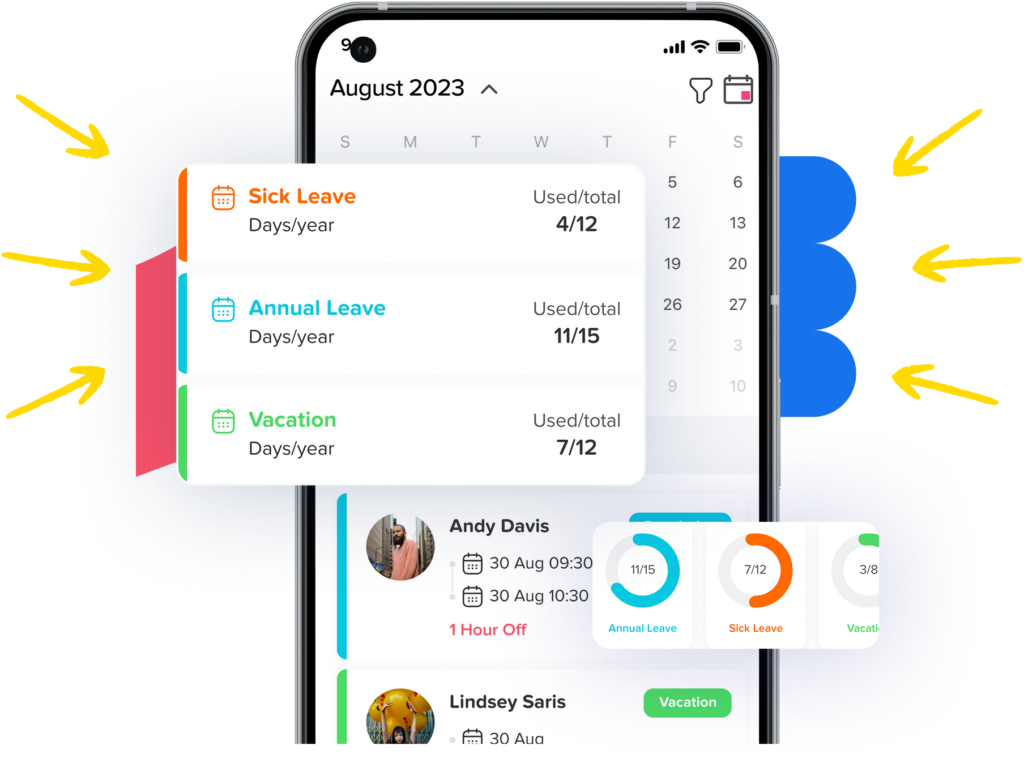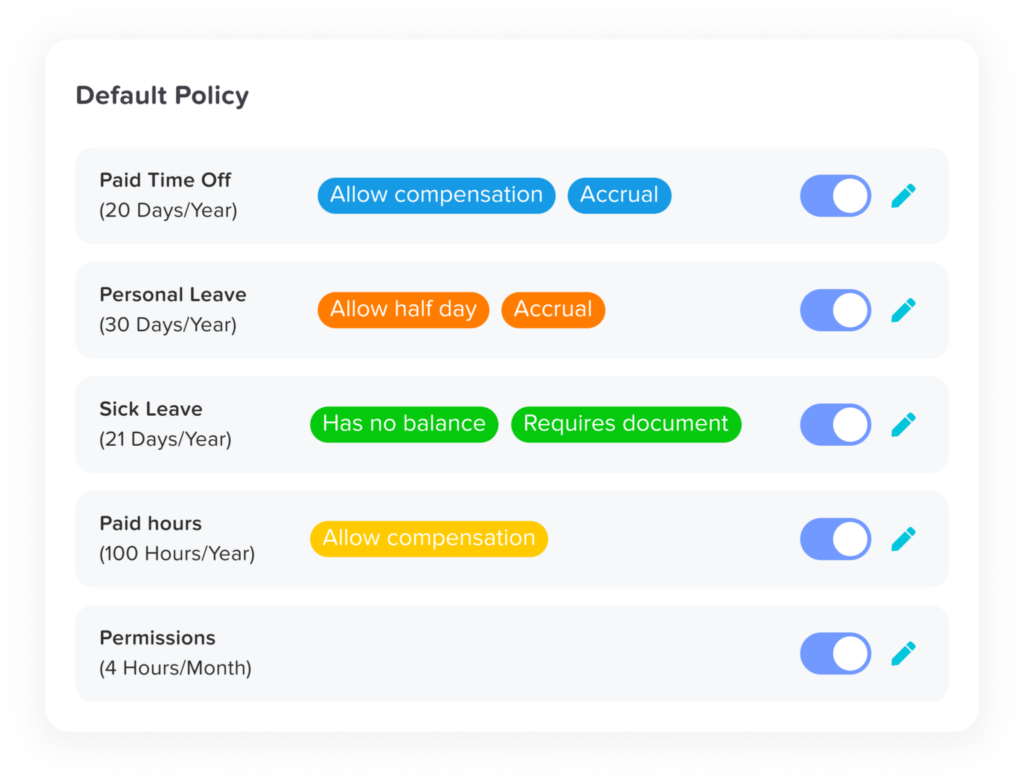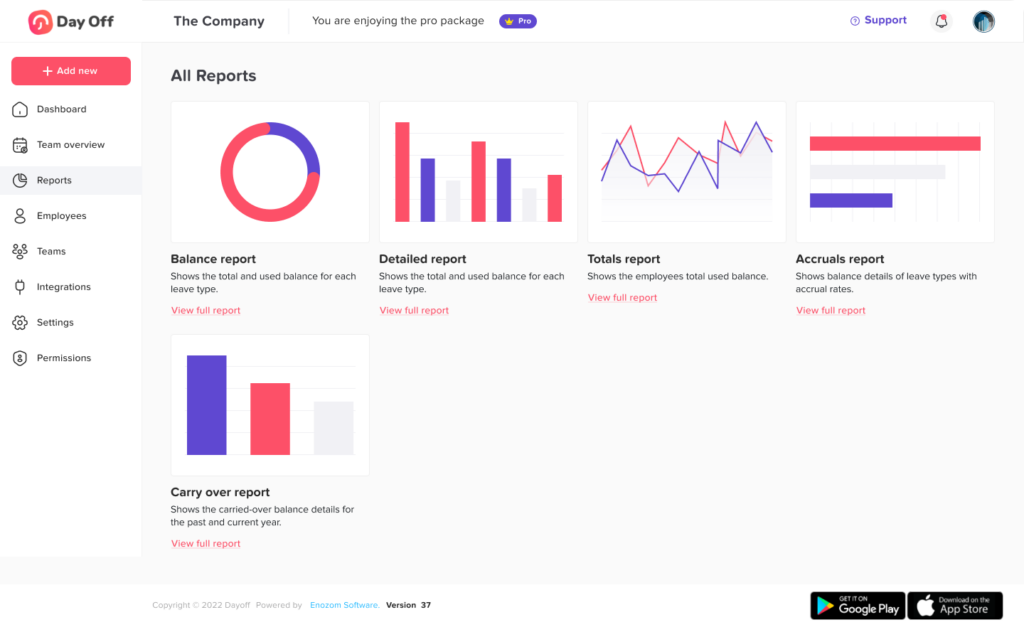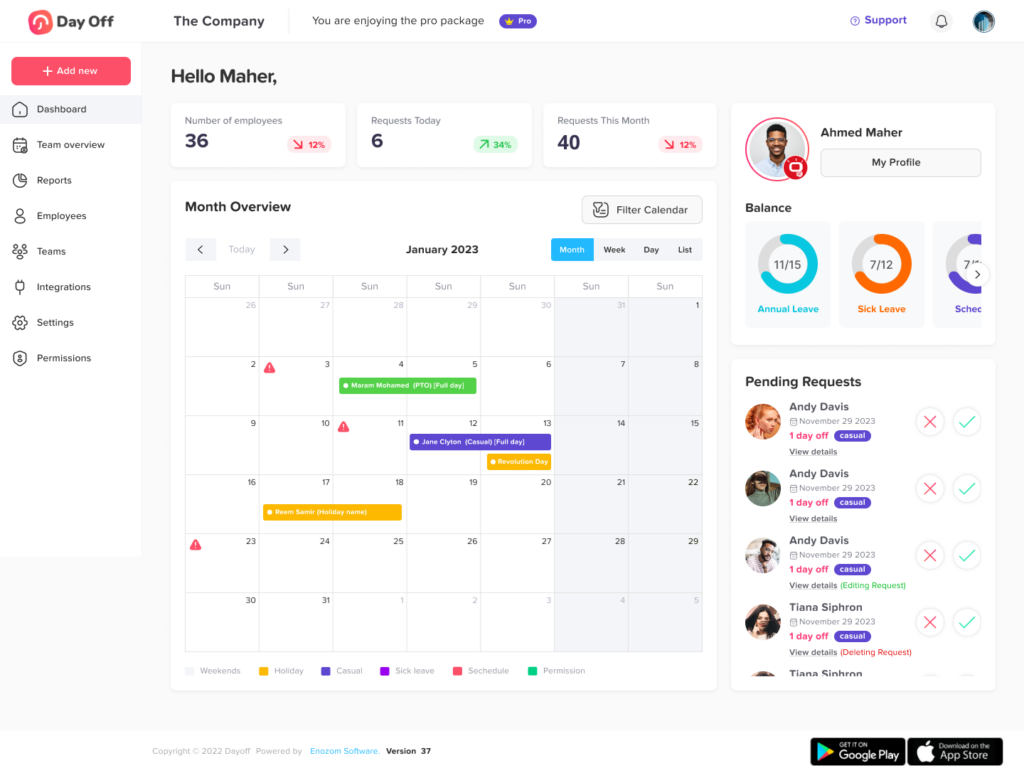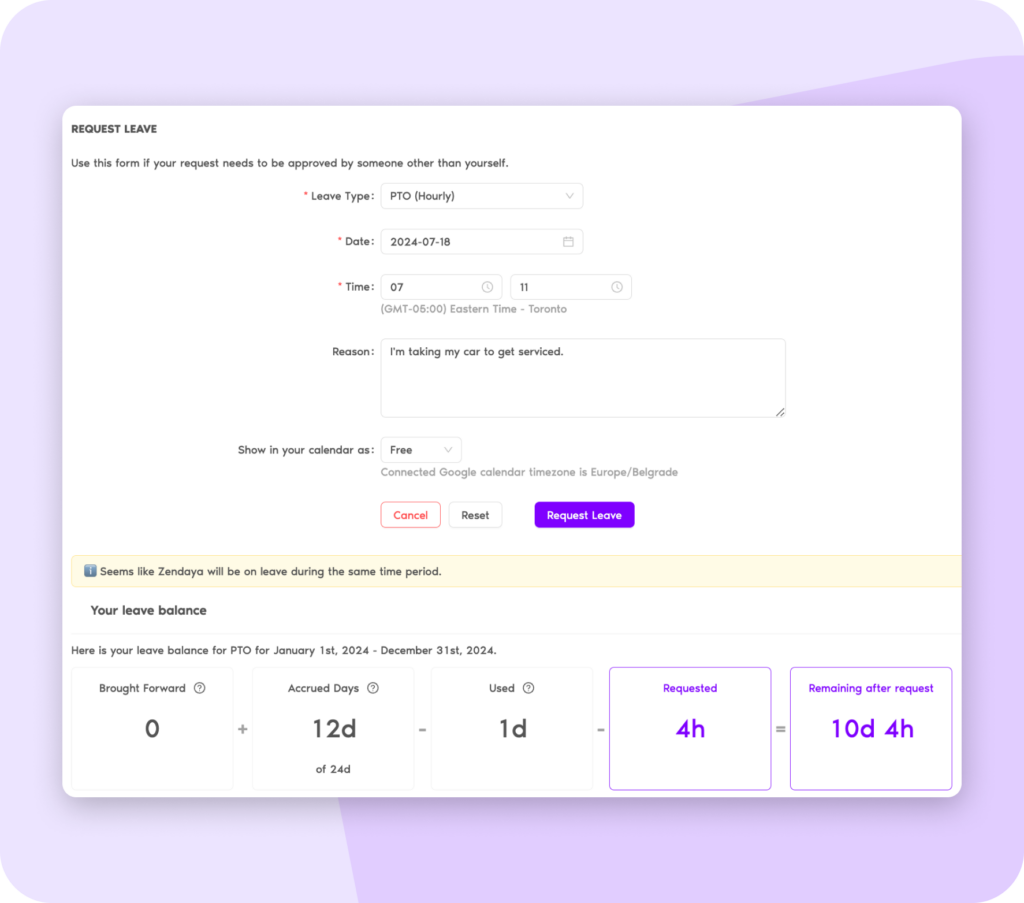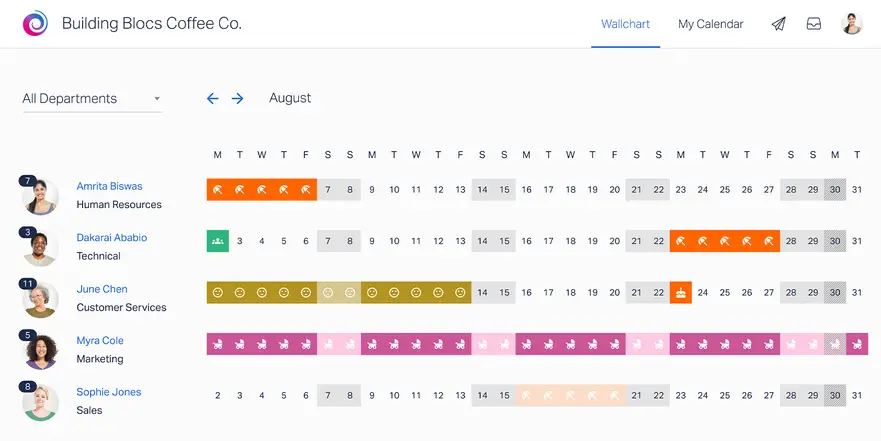Canada Day is one of the most cherished national holidays in the country, celebrated every year on July 1st. It marks the anniversary of the Confederation of Canada, when the British North America Act (now known as the Constitution Act, 1867) came into effect, officially uniting Ontario, Quebec, New Brunswick, and Nova Scotia into one nation.
In 2026, Canada Day falls on Wednesday, July 1, giving Canadians a midweek break to celebrate the nation’s history and pride. This guide provides an overview of the holiday’s origins, significance, celebrations, and what employees need to know about holiday pay, time off, and workplace policies.
History and Significance of Canada Day
Origins of Canada Day
Canada Day was originally called Dominion Day, a name that reflected Canada’s status within the British Empire. The holiday was first observed in 1868, a year after Confederation.
As Canada grew into a more independent nation, the term Dominion gradually became outdated. In 1982, when the Constitution was patriated from Britain, the name was officially changed to Canada Day, symbolizing the country’s modern identity and sovereignty.
Why It’s Celebrated
Canada Day is more than a birthday; it’s a celebration of unity, progress, and multicultural pride. It represents:
The Birth of a Nation: July 1, 1867, marks the day Canada officially became self-governing.
A Journey to Independence: Key milestones such as the Statute of Westminster (1931) and the Constitution Act (1982) shaped Canada’s autonomy.
National Identity and Diversity: Canada Day celebrates the values of inclusion, diversity, and freedom that define the country today.
Canada Day as a Statutory Holiday
Canada Day is a statutory holiday observed across all provinces and territories. This means most employees are entitled to a paid day off.
If an employee works on Canada Day, they are generally entitled to holiday pay or premium pay, depending on provincial laws and the terms of their employment agreement.
Because Canada Day 2026 falls on a Wednesday, most businesses and offices will close for the day. Some employees may choose to take additional vacation days on Monday or Tuesday to enjoy an extended weekend.
Holiday Pay and Employee Entitlements
Do Employees Get a Paid Day Off?
Yes. Canada Day is a paid statutory holiday throughout Canada. Employees who meet eligibility requirements are entitled to a paid day off or compensation if required to work.
Who Qualifies for Holiday Pay?
Employees typically qualify for statutory holiday pay if they:
Worked their last scheduled shift before and first scheduled shift after the holiday.
Have been employed for a minimum period defined by provincial labor laws (for example, 30 days in some provinces).
Employees who don’t meet these conditions may not qualify for paid holiday leave, depending on local regulations.
Working on Canada Day
Some industries, such as healthcare, hospitality, transportation, and public safety, require employees to work on statutory holidays.
Employees who work on Canada Day are generally entitled to one of the following:
Regular wages plus premium pay (often 1.5x or 2x their regular rate).
A substitute paid day off at a later date.
Specific entitlements vary by province. For instance:
In Ontario, employees may receive regular pay plus 1.5x pay or an alternative paid day off.
In Quebec, employees who work on Canada Day usually receive another day off with pay.
In British Columbia and Alberta, employees typically earn regular pay plus 1.5x pay for hours worked.
Always confirm with your HR department or local labor authority to understand the rules in your region.
What If You’re on Vacation During Canada Day?
If an employee is on paid vacation when Canada Day occurs, they are still entitled to statutory holiday pay. The holiday does not count as part of the vacation days, meaning employees can either extend their vacation or take an additional paid day off later.
However, employees on unpaid leave or other non-working absences may not qualify for holiday pay, depending on provincial regulations.
Overtime on Canada Day
If an employee works extra hours beyond their regular shift on Canada Day, standard overtime rules still apply.
This means they could be entitled to both:
Statutory holiday pay, and
Overtime pay (typically 1.5x or 2x their regular rate), depending on total hours worked and provincial laws.
Taking Time Off Around Canada Day
Since Canada Day 2026 falls on a Wednesday, many employees may plan “mini-vacations” by taking Monday and Tuesday off before the holiday. Employers should plan accordingly to avoid staffing shortages.
Managers are encouraged to implement fair and transparent approval systems for vacation requests, ensuring business continuity while allowing employees to enjoy extended time off.
How Canada Day Is Celebrated Across Canada
Fireworks and Light Shows
Canada Day celebrations are known for spectacular fireworks displays across the country. The largest takes place in Ottawa, with thousands gathering at Parliament Hill for the national ceremony and fireworks show. Major cities such as Toronto, Vancouver, Montreal, and Calgary also host grand light shows and concerts.
Parades and Community Events
Local communities organize parades, live music performances, and cultural festivals. Popular events include:
Ottawa’s official Canada Day ceremony.
Toronto’s waterfront festivities at Nathan Phillips Square.
Vancouver’s Canada Place festival with live performances.
Montreal’s parade and Old Port celebrations.
Calgary’s family-friendly festival featuring Indigenous and multicultural performances.
Citizenship Ceremonies
Many new Canadians officially receive their citizenship on July 1. These ceremonies highlight Canada’s commitment to inclusion and diversity, symbolizing new beginnings for many families.
Outdoor Activities and BBQs
For others, Canada Day is a time to relax outdoors. Canadians often spend the day:
Camping, hiking, or visiting national parks.
Hosting backyard barbecues and picnics.
Attending local concerts or sporting events.
Wearing Red and White
The national colors dominate the day. Canadians proudly wear red and white, wave flags, and adorn themselves with maple leaf symbols as a show of unity and pride.
What’s Open and Closed on Canada Day 2026
Closed:
Government offices and banks.
Canada Post (no mail delivery).
Public schools, libraries, and most administrative offices.
Many retail stores and shopping centers (depending on province).
Open:
Some restaurants, cafes, and entertainment venues.
Select grocery and convenience stores.
Public transportation (typically operating on a holiday schedule).
Emergency services, hospitals, and essential operations.
Always check local business hours, as holiday schedules vary by city and province.
Frequently Asked Questions (FAQ)
What happens if Canada Day falls on a weekend?
If Canada Day falls on a Saturday or Sunday, the statutory holiday is typically observed on the following Monday. However, in 2026, the holiday falls on Wednesday, July 1, and will be observed on that date.
Can my employer require me to work on Canada Day?
Yes, some employees may be required to work if they’re in essential or customer-facing industries like healthcare, retail, hospitality, or public safety. However, employers must comply with provincial labor laws by providing premium pay or an alternate paid day off.
If you’re unsure of your entitlements, consult your employment agreement or your local labor standards office.
Do part-time employees receive holiday pay?
Yes, part-time employees can qualify for statutory holiday pay if they meet the minimum eligibility requirements in their province. This usually includes working a certain number of days in the weeks leading up to Canada Day and being scheduled for the shifts before and after the holiday.
What if I’m on unpaid leave during Canada Day?
Employees on unpaid leave, maternity leave, or other extended unpaid absences generally do not qualify for statutory holiday pay. Only active employees who meet eligibility criteria are entitled to paid holiday benefits.
Do freelancers or contractors get Canada Day pay?
No. Freelancers, independent contractors, and self-employed workers are not covered by employment standards legislation. They can, however, choose to take the day off or negotiate higher rates if they work on a public holiday.
Can an employer substitute Canada Day with another day off?
Yes. In some provinces, employers may offer a substitute day off if an employee works on Canada Day. This substitution must usually be agreed upon in writing and must provide the employee with a fully paid day off within a reasonable time frame.
Is Canada Day a paid holiday for federal government employees?
Yes. All federal government employees, including postal workers, border officers, and members of the armed forces, receive a paid day off for Canada Day. If required to work, they are entitled to double pay or a substitute day off.
What should I do if I don’t receive my Canada Day pay?
If you believe you haven’t been paid correctly for Canada Day, take these steps:
Speak with your employer or HR department to clarify the issue, it may be a simple payroll oversight.
Review your provincial labor laws to confirm your entitlement.
Contact your local labor standards office if the issue remains unresolved. Each province has an Employment Standards Branch that handles statutory holiday complaints.
Do I need to request Canada Day off?
In most cases, no, the day off is automatic for eligible employees. However, if you plan to take additional vacation days around the holiday, you’ll need to submit a vacation request through your company’s regular approval process.
Final Thoughts
Canada Day 2026 is more than just a day off, it’s a celebration of Canada’s history, unity, and diversity. For employees, it’s also an important statutory holiday that ensures rest and recognition under labor laws.
Whether you’re spending the day watching fireworks, relaxing with family, or proudly wearing red and white, make sure you understand your rights and entitlements. Taking time to celebrate, and rest, is part of what makes Canada strong, inclusive, and connected.


